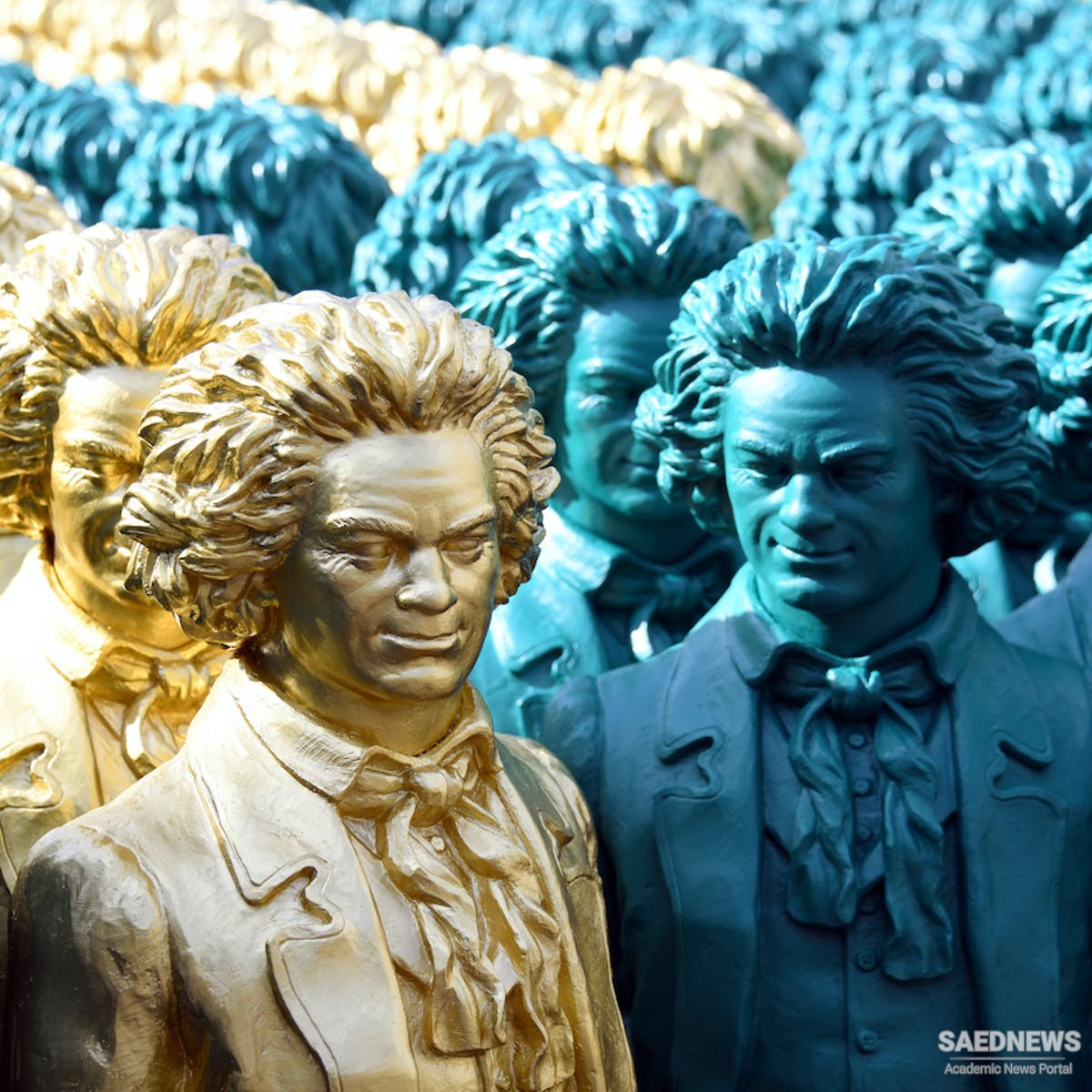Most critics divide Beethoven’s work into three general periods, omitting the earliest years of his apprenticeship in Bonn. The first period, from 1794 to about 1800, generally encompasses music whose most salient features are typical of the Classical era. The influence of such musicians as Mozart and Haydn is evident in Beethoven’s early chamber music, as well as in his first two piano concerti and his first symphony. Although Beethoven added his own subtleties, including sudden changes of dynamics, the music was generally well constructed and congruent with the sensibilities of the Classical period. The second period, from 1801 to 1814, includes much of Beethoven’s improvisatory work. His Symphony No. 3, known as the “Eroica,” and the Fourth Piano Concerto are fine examples of this period. The final period, from 1814 to his death in 1827, is characterized by wider ranges of harmony and counterpoint. The last string quartets contain some of the composer’s most vivid melodic and rhythmic material, while the form of the music is notably longer and more complex. In his symphonies and string quartets, he often replaced the minuet movement with a livelier scherzo. He also used improvisatory techniques, with surprise rhythmic accents and other unexpected elements. Many critics and listeners regard Beethoven as the finest composer who ever lived. He elevated symphonic music to a new position of authority in the Western music tradition. He also made great strides with chamber music for piano, as well as for string quartets, trios, and sonatas. His works include nine symphonies, 32 piano sonatas, five piano concerti, 17 string quartets, ten sonatas for violin and piano, one opera (Fidelio), the Mass in C Major, Missa Solemnis, and other chamber music. Beethoven remains the supreme exponent of what may be called the architectonic use of tonality. In his greatest sonata movements, such as the first allegro of the Eroica, the listener’s subconscious mind remains oriented to E-flat major even in the most distant keys, so that when, long before the recapitulation, the music touches on the dominant (B-flat), this is immediately recognizable as being the dominant. Of his innovations in the symphony and quartet, the most notable is the replacement of the minuet by the more dynamic scherzo; he enriched both the orchestra and the quartet with a new range of sonority and variety of texture, and their forms are often greatly expanded. The same is true of the concerto, in which he introduced formal innovations that, though relatively few in number, would prove equally influential. In particular, the entry of a solo instrument before an orchestral ritornello in the Fourth and Fifth piano concerti (a device anticipated by Mozart but to quite different effect) reinforces the sense of the soloist as a protagonist, even a Romantic hero, an effect later composers would struggle to reproduce.


 Ludwig van Beethoven: Beyond the Limits of Body
Ludwig van Beethoven: Beyond the Limits of Body














































